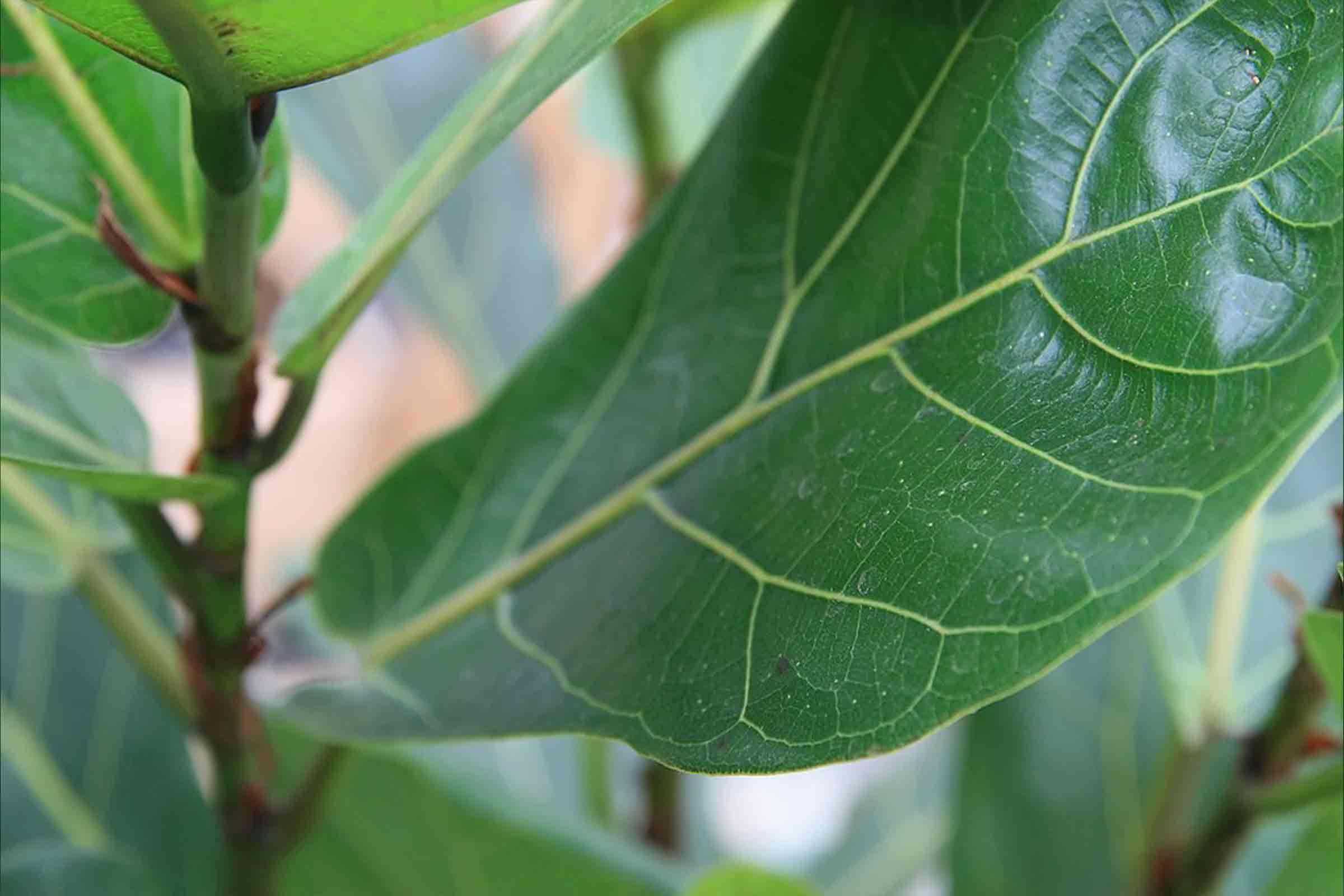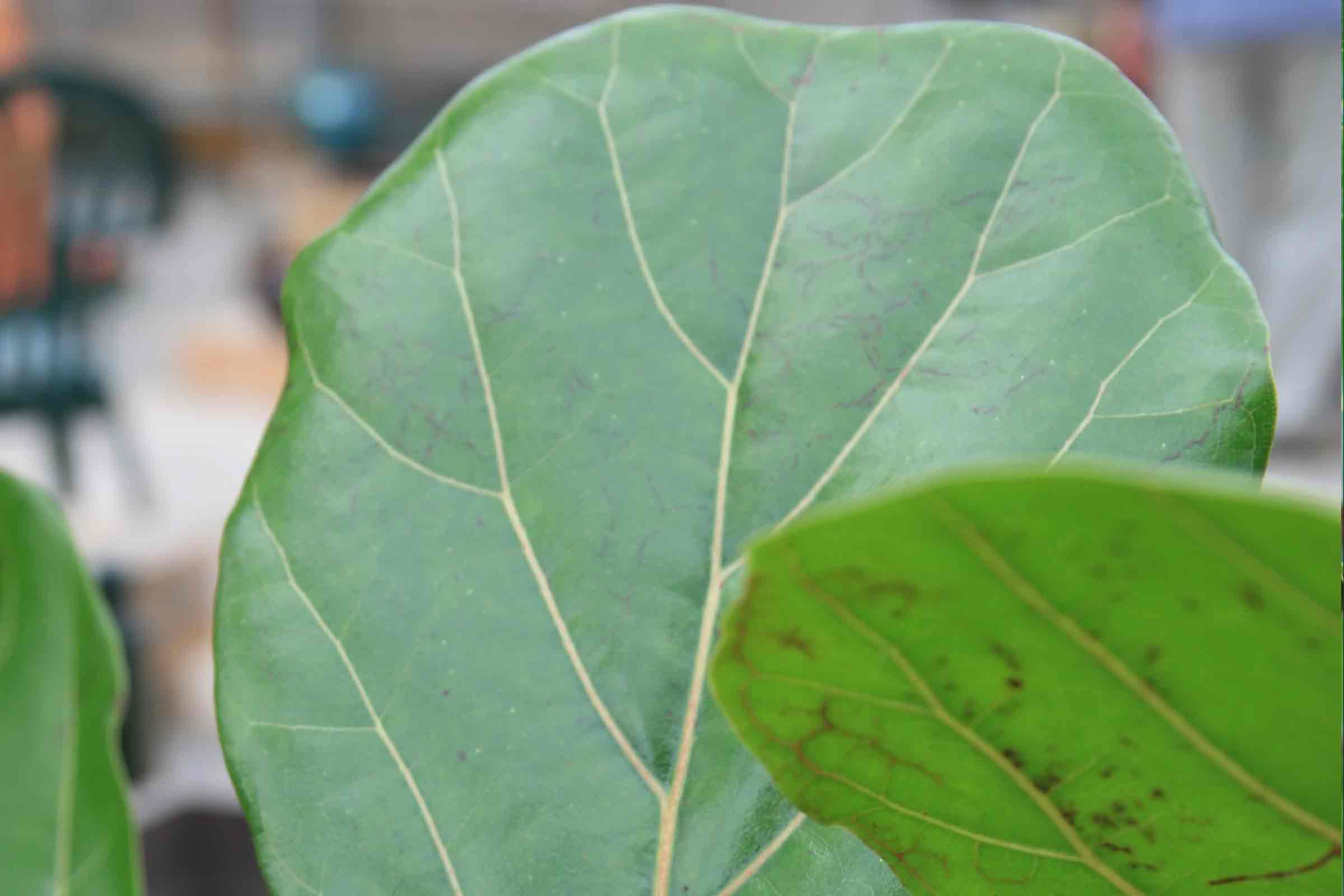Blog

Ask Dr. Phipps: Root Rot
Q: I have a fiddle leaf fig house plant that has been dropping leaves and I believe it has root rot. Is there somewhere in Pittsburgh or the surrounding areas where I can take the plant to get it repotted and tended to for this issue?
A: Root rot is pretty common with fiddle leaf figs. It is the result of overwatering and/or not getting enough sunlight to the plant. It sounds like you are pretty certain that root rot is the problem you are having.
If the plant has black spots on the leaves or leaves falling off and if you pull the plant out of the pot the soil is saturated all the way down to the bottom of the root ball, then it sounds like your diagnosis is probably correct.
If you do need help in diagnosing the plant, then you can reach out to the Penn State Plant Disease Clinic for their free services. There is a link on this page that takes you to the extension offices. Click on the Allegheny County link.

If you want to try and salvage the plant, follow these steps:
Prune the plant -
- You can remove the damaged leaves with sharp pruning shears, taking care not to remove more than 10% of the total leaves at once.
- Rinse off the root ball and inspect the roots. Remove any roots that are brown or mushy with a sharp pair of pruning shears.
Choose the right container -
- Select a container that has enough holes for good drainage.
- Choose a container that isn’t too large for your plant. Large containers can retain too much water and take too long to dry out between watering. The ideal container is just 4 to 6 inches in diameter larger than the container your plant arrived in.
Repot -
- Adding some gravel the bottom of your container to improve the drainage and act as a ballast to keep your plant’s root ball dry.
- Fill container with a fast draining media that contains perlite. You can mix in up to half with a cactus soil mix.
Water -
- Water the plant making sure the excess water is draining out of the bottom of the container.
- Do not water again until you’re sure the roots have had a chance to dry out. It may be more than a week before the roots have a chance to dry. This depends on the size of your plant, how much sunlight it gets, and the configuration of your container.
- You can use a moisture meter to check the bottom of the root ball to see how wet it is. Don’t water until you get a reading of 4 or lower at the root level.
- Resume watering once a week or less and your plant should stabilize.
Given enough time and TLC, your plant can make a full recovery.


